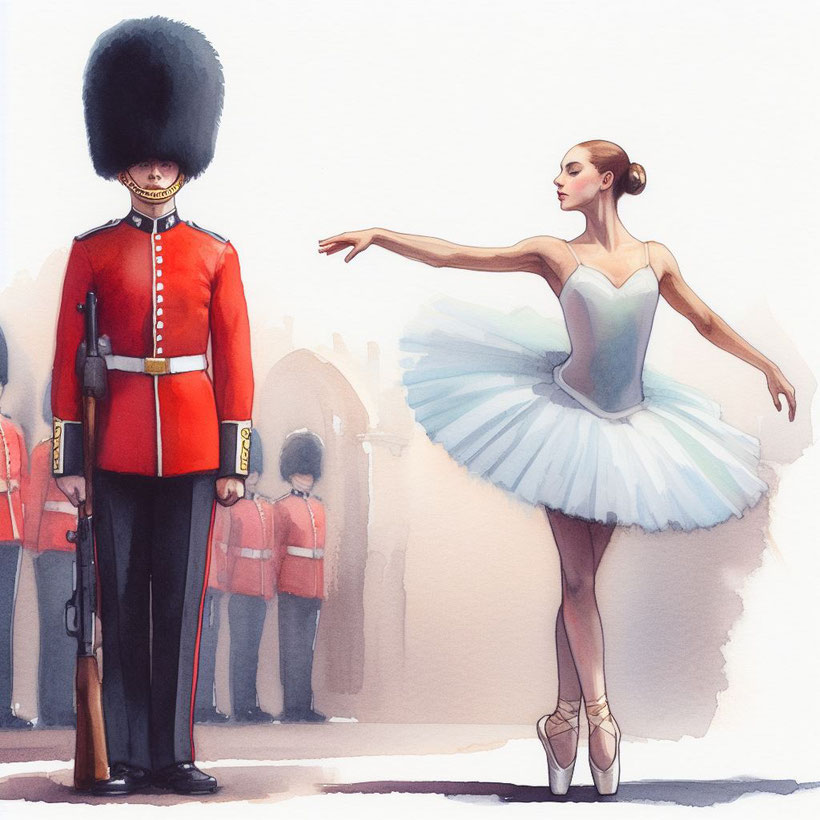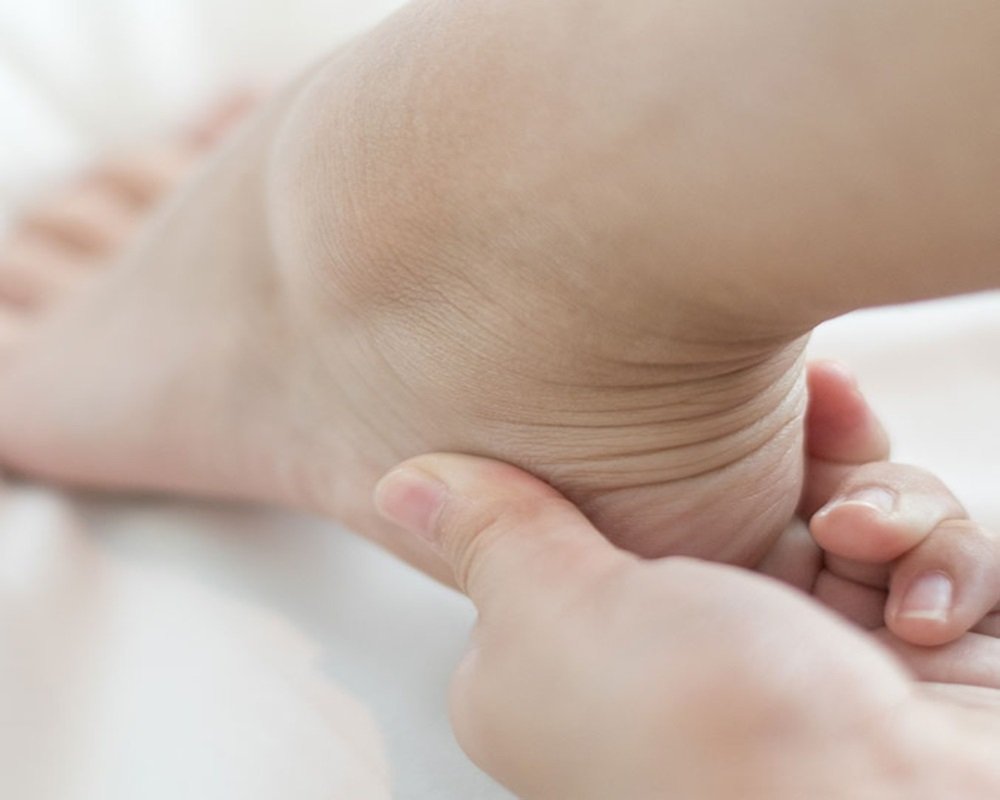The Alexander Technique is a method that aims to improve the way we use oursleves by addressing habits and behaviors that can lead to physical and mental tension and discomfort. One of the central principles of this technique is...
<?xml version="1.0"?>The Alexander Technique is a method that aims to improve the way we use oursleves by addressing habits and behaviors that can lead to physical and mental tension and discomfort. One of the central principles of this technique is the distinction between poise and posture. While these terms may seem interchangeable, they carry different meanings in the context of the Alexander Technique.
While the Technique is often associated with improving posture, it is not about achieving better static positions such as standing tall or sitting up straight. Instead, it is about achieving poise, which is a quality of grace and balance in the way a person holds or moves their body.
Understanding the Alexander Technique
The Alexander Technique is named after its founder, F. Matthias Alexander, who developed it in the late 19th century. It is a method of re-educating the body and mind to achieve more efficient and graceful movement. The primary goal is to alleviate tension and improve overall functioning and well-being.
The Alexander Technique is based on these key principles:
How you move and behave affects your functioning The relationship of your head, neck, and spine, known as the Primary Control, is fundamental to your ability to balance and function The mind and body work together intimately as one, each constantly influencing the other, what we call a psycho-physical unity, or Self, for short. By becoming more aware of our body's habits and reactions, we can gain insight into our emotional and mental states. This heightened awareness allows us to intercept anxious thoughts and physical tension before they escalate, helping us manage anxiety more effectively.
The Difference Between Poise and Posture
Posture
In everyday colloquial language, the term "posture" is often associated with how we hold our bodies in a static position, such as sitting or standing. Good posture is typically defined as maintaining a straight back, squared shoulders, and a tucked-in chin. Many of us have heard admonitions like, "Sit up straight!" or "Stand tall!" in our lives.
However, in the Alexander Technique, "posture" has a different connotation. It refers to the alignment and coordination of the body while in motion, not just when stationary. A dynamic and fluid posture is what is emphasized, rather than a rigid, static one.
Poise
On the other hand, "poise" in the Alexander Technique refers to a state of balance and ease that one maintains regardless of whether they are in motion or at rest, and is as much an attitude of thinking. Poise is not about holding a specific position but rather about being in a state of dynamic equilibrium. It involves a certain readiness to respond to the demands of the moment with minimal tension.
The Relationship Between Poise and Posture
The distinction between poise and posture is crucial in the Alexander Technique because it underscores the importance of cultivating a conscious awareness of one's body and movement. When we focus solely on achieving a particular posture, we may inadvertently create unnecessary tension in the body. Tension can result from forcing ourselves into rigid positions and trying to hold them.
In contrast, when we prioritize poise, we aim for a more natural and balanced state. This approach encourages us to be more attuned to the subtle signals our body provides and to respond to them with a sense of ease. When we move with poise, we are less likely to create habitual patterns of tension and discomfort.
Applying Poise and Posture in Everyday Life
The practical application of poise and posture in the Alexander Technique is to become more mindful of our everyday movements. Whether we're sitting, walking, or performing any activity, we can develop an awareness of our body's innate support and coordination. It involves learning to let go of excessive muscular tension, which can lead to various physical issues, including chronic pain and discomfort.
By practicing poise and dynamic posture, you can improve your overall well-being. You can reduce strain and stress on your Self, leading to better physical health and enhanced performance in various activities, from sports to simple daily tasks.
Conclusion
In the Alexander Technique, the distinction between poise and posture is a fundamental concept that encourages us to move and exist in a more mindful and balanced manner. While posture may be a part of our body's expression, poise emphasizes the dynamic equilibrium and grace that comes from reducing unnecessary tension in thought and activity. By adopting the principles of the Alexander Technique, you can experience increased comfort, ease of movement, and improved overall well-being in your daily life. The ATEAM clinical trial, funded by the NHS and performed by Southampton University, has shown this is more than mere semantics, and has shown that the Alexander Technique is clinically effective in addressing chronic back pain.












